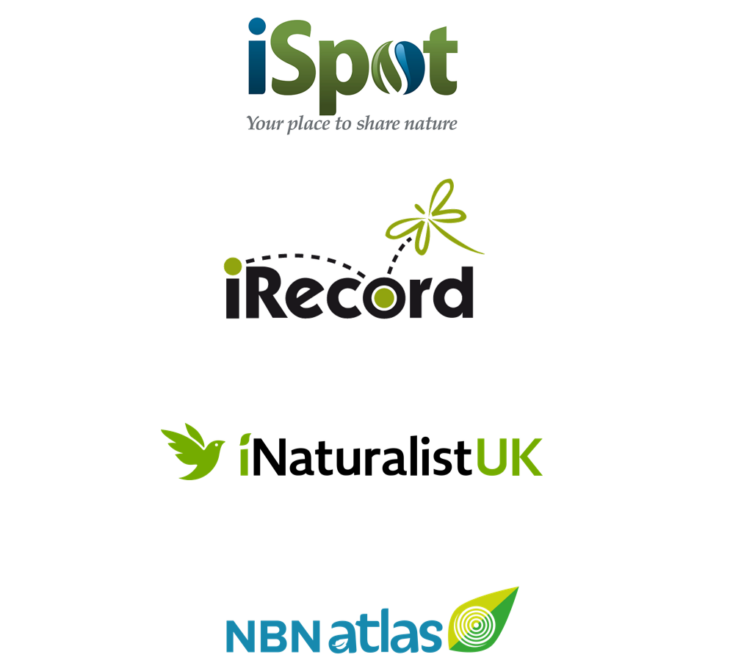Tell us what you see!
With your help, we can build up a much better picture of what, where and when species are on our reserves and how this is changing over time.
You can help by noting down any sightings of unusual, protected or local interest species, or by listing all the species you see when visiting a reserve. Even records of common species can be useful.
- Identify your sightings and learn more about wildlife ID with iSpot Nature
- Submit your sightings to iRecord or iNaturalist UK so that your data can be checked by experts and made available to support research and decision-making via the NBN Atlas.
- Explore sightings on the NBN Atlas Scotland, which provides a platform for the collection, aggregation, analysis and use of biodiversity data in Scotland.

